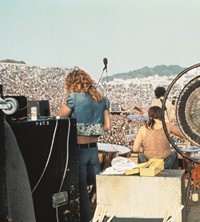Jimmy Page, Robert Plant and John Paul Jones discuss the images featured in their new self-titled book
- TextBenjamin Hammond
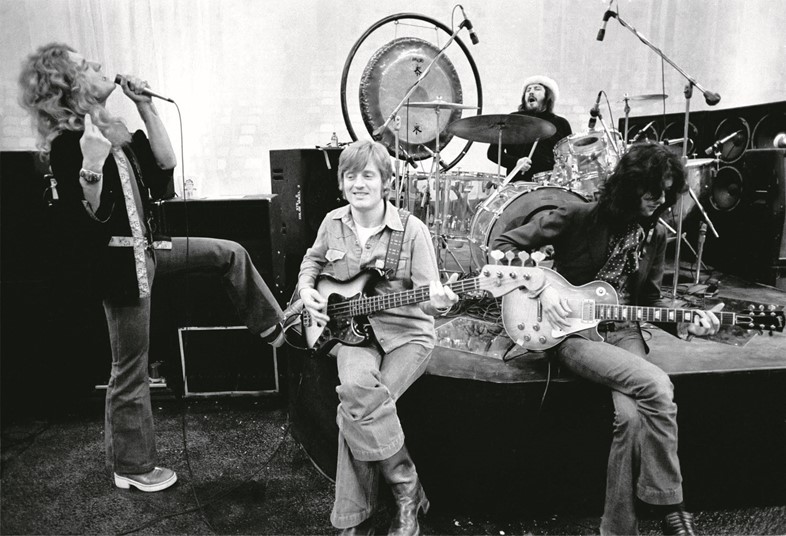
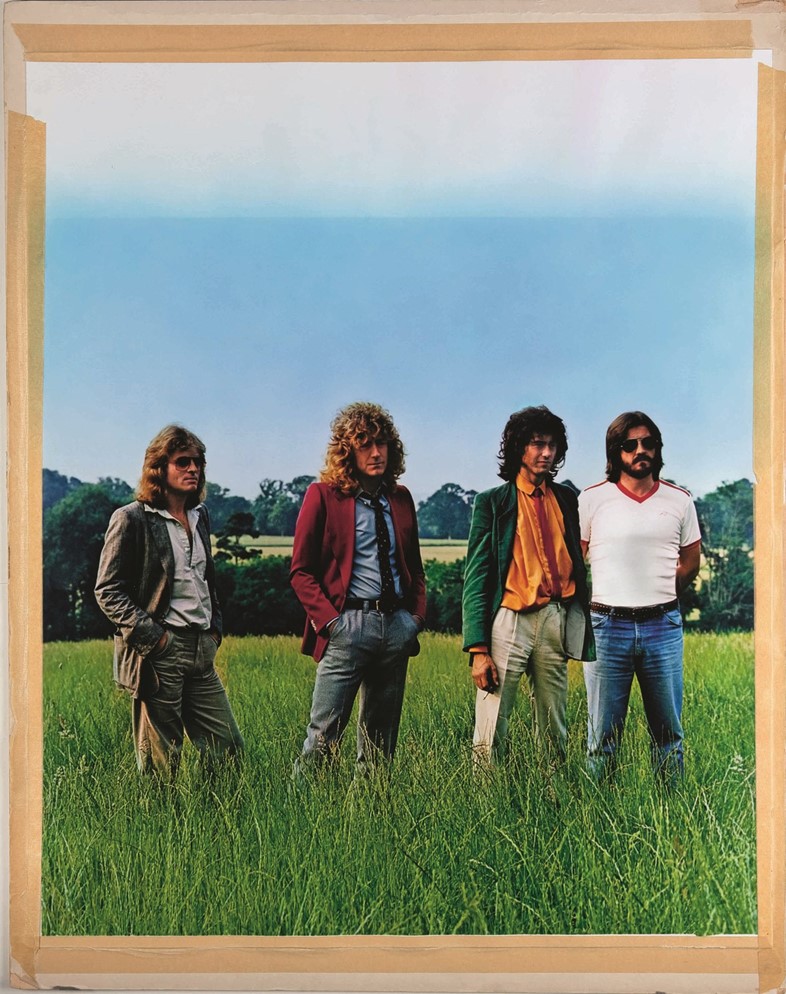
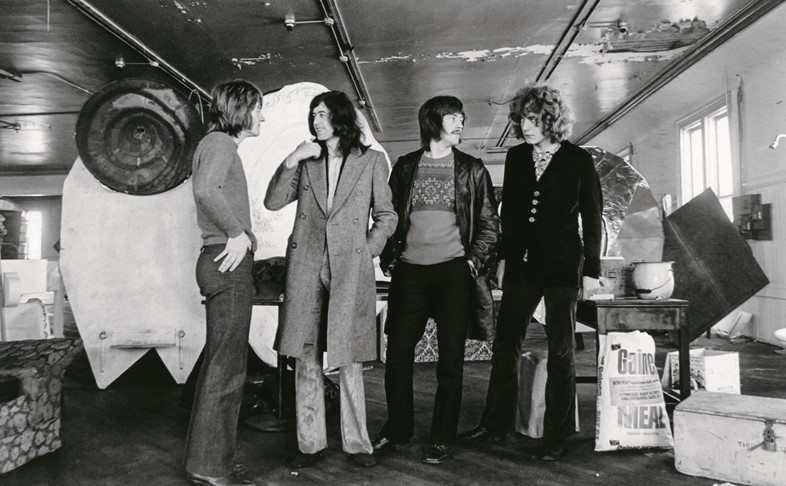

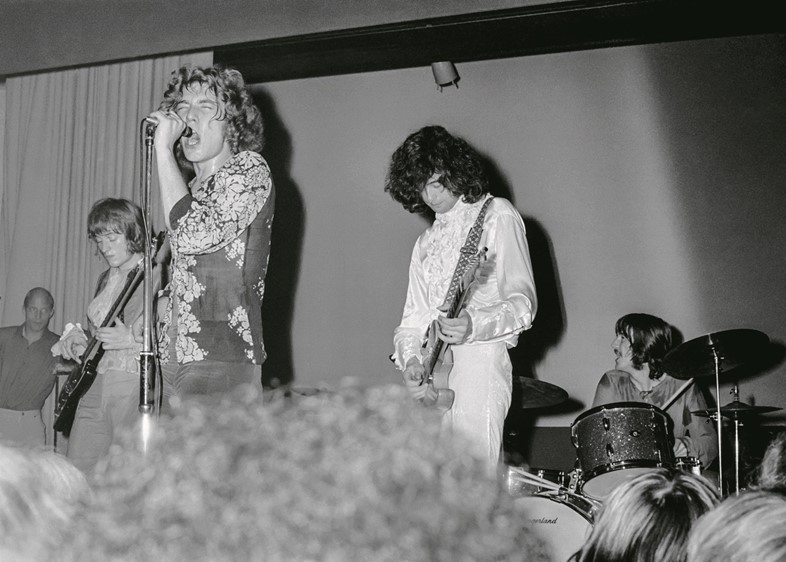
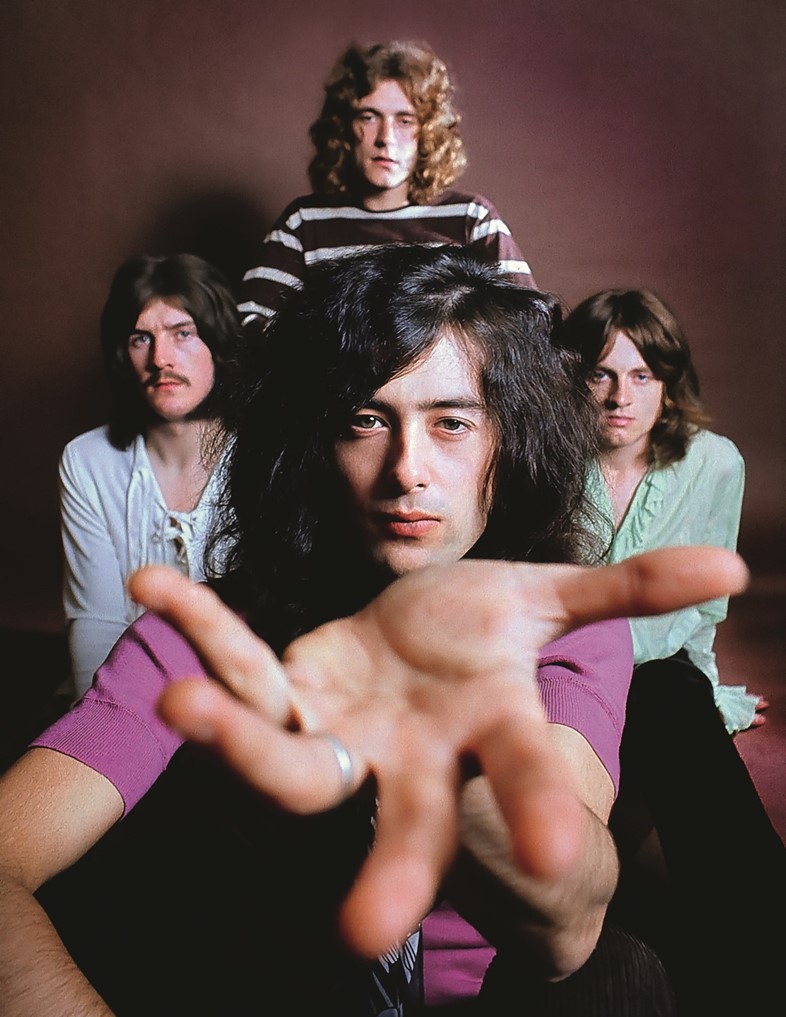
Jimmy Page, Robert Plant and John Paul Jones discuss the images featured in their new self-titled book
From practicing in a tiny rehearsal room in 1968, to performing to a stadium of 57,000 in 1973, British band Led Zeppelin’s rise was rapid, but they came to define the very genre of rock and roll. Five decades on, the musicians have encapsulated their expansive careers in a new self-titled book published by Reel Art Press.
Out tomorrow, Led Zeppelin comprises rare, unseen images taken by multiple photographers, which serve to document the band’s journey from 1968 to 2007. These images, which are previewed here, are co-curated by band members Jimmy Page, Robert Plant and John Paul Jones themselves and shine a new light on the band and their monumental legacy. Here, the trio reveal the stories behind six of these shots.
John Paul Jones: It was always important to have a setlist that worked with a proper dynamic in the show. I know a lot of bands say, ‘Oh, we just make it up as we go along’ but I never believed in that. And I don’t think any of us did. We liked to work out what would make a good show, a good order, and then we’d stick to it. That’s how you do a good show.

Robert Plant: There was so much hanging on Knebworth and it was magnificent, there’s nothing you can do except do it, so do it. It was a hell of a deal. And we survived it. The love that was coming at us, and the weight of responsibility that we carried, made for a very strange equation.

John Paul Jones: Photos were something that had to be done, like interviews. I’m sure members of the Grateful Dead were there being photographed, I think pigpen had a gun. It’s like, ‘oh welcome to America!’

Robert Plant: In these daylight gigs when you’ve got so many thousands and thousands of people, I had an opportunity to focus on the expressions of people and to lock in a face; I’m trying to find where it’s at for them at a moment in time. I’m a communicator, on whatever level it is, it’s whatever it is, but that’s the moment where you really know why you’re there.

John Paul Jones: By the time we got to Denmark it was, like, find out how it all works. And yeah, very exciting. It was extremely hot and sweaty, as I think you can tell from the pictures. The clothes were far too hot for the gig, which I jettisoned fairly soon after. I kept the shirts. In Zeppelin, nobody told anybody else what they were going to wear. So, three of us could turn up in jeans and sweatshirts and one of us would be in a suit. That was the way it was forever.
Robert Plant: I was barely 20 years old, and it was the first time I’d ever been on an airplane. Looking at John’s face, that’s me and him at any point in the previous three and a half years, exactly that combination of expression and deliberation.

Jimmy Page: Ron Raffaelli was a superb photographer. I liked him very, very much. He was going to do a brochure for the American tour so he came along and did various photographs. He did group portraits of us in different positions, swapping positions, and did some very good live ones too.

Led Zeppelin by Led Zeppelin is out on October 9, published by Reel Art Press



